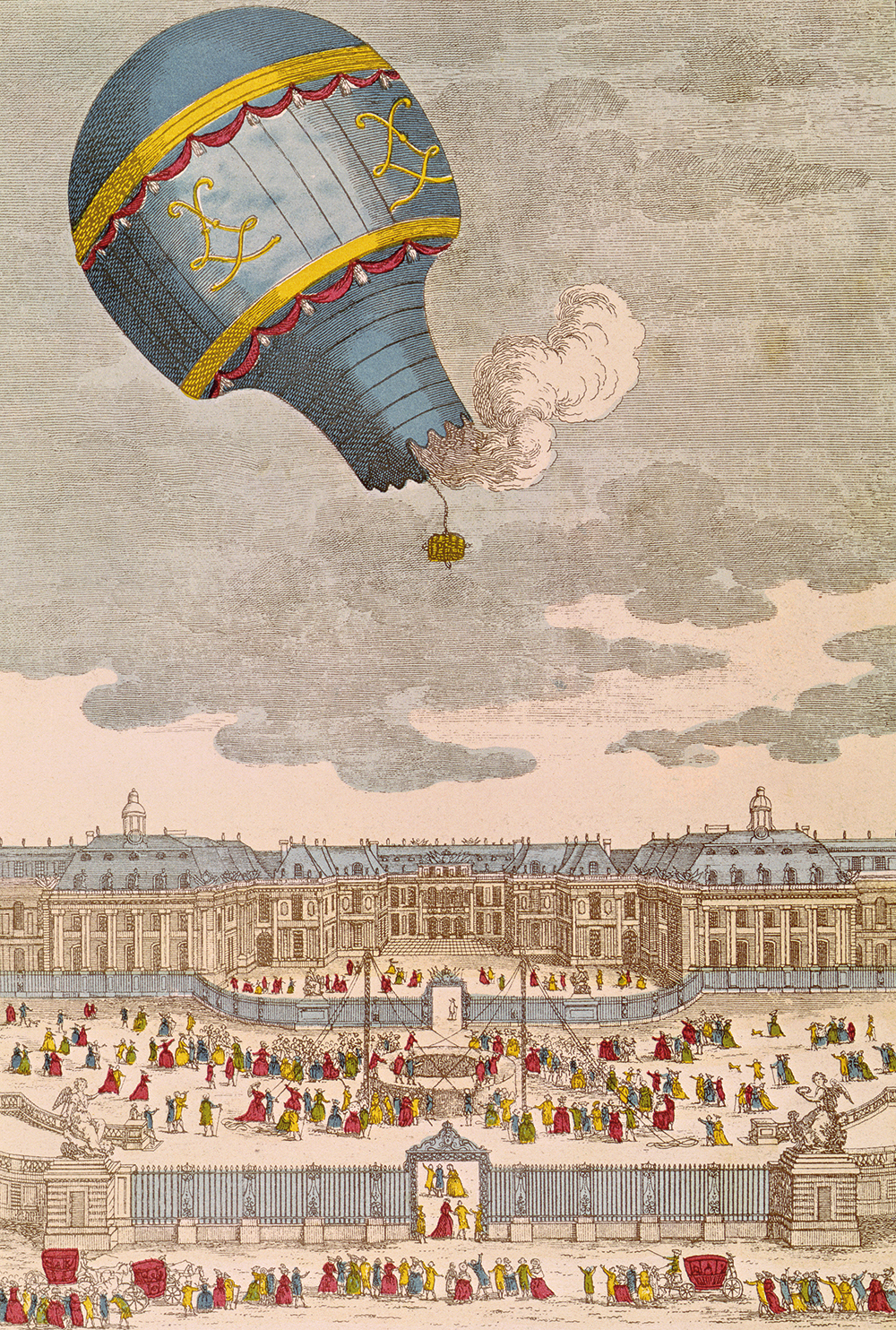
Versailles was a palace of science, as Anna Ferrari shows in this stimulating and innovative study, accompanying a dazzling exhibition of the same title at the Science Museum, London (until 21 April). Soldiers were subjected to electricity experiments in the Galerie des Glaces. The king watched the dissection of an elephant or a horse in the Menagerie. The latest globes and clocks, microscopes and barometers, miracles of precision and beauty, were, and in some cases still are, on display in the royal apartments. The gardens were exercises in trigonometry and hydraulics as well as planting. Louis XV had the largest and most varied plant collection in Europe. On 19 September 1783, watched by Louis XVI, Marie Antoinette, their courtiers and thousands of Parisians, the first hot air balloon rose from the main courtyard of Versailles.
Versailles’s role as a science centre was overlooked by most diarists and memorialists. They focused on power and pleasure, and were rarely admitted to the private spaces where kings watched or conducted experiments, or royal children received lessons in geometry and astronomy. This book, the first on the subject in English, contains 16 essays by different authors on topics ranging from pineapples at Versailles to Louis XIV’s map of the moon, Louis XV’s rhinoceros and Louis XVI’s 1785 expedition to the Pacific to expand trade and scientific and geographical knowledge.
It is a necessary corrective to the ‘how Britain made the modern world’ view of history. The king’s curiosity, wealth and ambition attracted the latest technology to Versailles. It became a site of experimentation, demonstration and education, in medicine as well as science.

Magazine articles are subscriber-only. Keep reading for just £1 a month
SUBSCRIBE TODAY- Free delivery of the magazine
- Unlimited website and app access
- Subscriber-only newsletters








Comments
Join the debate for just $5 for 3 months
Be part of the conversation with other Spectator readers by getting your first three months for $5.
UNLOCK ACCESS Just $5 for 3 monthsAlready a subscriber? Log in